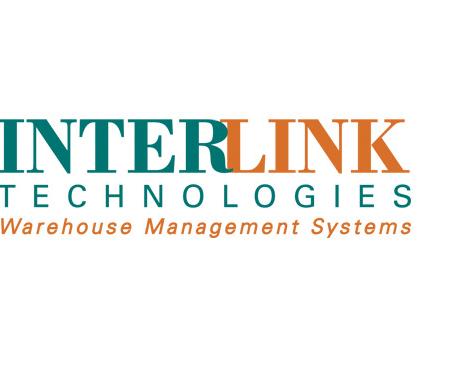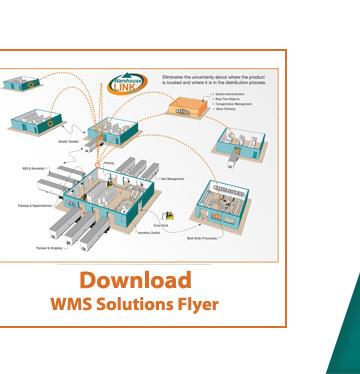Why Real-Time Information Is Critical in the Warehouse
The extent to which real-time information has come to dominate behavior is evident by the number of people focused on mobile devices in any public space. The need to know—now—has become pervasive, and is a natural outcome of the increasing digitization of the world, from home to the workplace and beyond. In business, the use of real-time data is no longer the sole purview of companies on the leading edge of operations; according to Gartner, its role in supporting decision-making has made it "the new norm."
In warehouses from Atlanta to Chicago to Silicon Valley, businesses are leveraging technology to manage inventory. According to an article in BizTech, the Aberdeen Group reports that 60 percent of retailers are using a perpetual inventory management strategy, meaning they record every transaction and track product quantities in real time. This advance is leading to smarter decision-making, greater visibility into stores, and a better ability to forecast needs accurately.
Real-time information from WMS systems such as Interlink Technologies’ Warehouse-LINK® provide direct capture of critical data, including batch/lot/serial numbers, expiration dates, and catch weight. Inventory capture can begin at receiving or before the product arrives on site, tracked throughout the complete product lifecycle. By providing greater control over warehouse operations, real-time warehouse management solutions are driving better asset utilization, higher throughput, more efficient utilization of labor, and exceptional order fulfillment—on time and accurate.
A recent column on Forbes underscores the importance of real-time information to customer satisfaction. From a warehousing perspective, this relates to internal and external customers—both those within the enterprise and the ultimate consumer—across the supply chain end-to-end. As the author notes, the ultimate value of real-time information comes not from the data per se but rather the ability to act on it:
You can collect volumes and volumes of real-time data, but they won’t do you any good if you can’t act on it just as immediately. Conversely, you can be fully prepared to act on data, with decision management and other technology-based tools arrayed at your disposal, but they’re useless without the right data coming in.
As the global information services company M-Brain notes in a recent blog post:
In the best-case scenario, decision-makers have continuous access to relevant, valid and real-time information on which they base their decisions … and analyzing the latest information and its implications must be an on-going process. This way the raw material for decision-making remains valid and real time, and the future vision stays clear.
The best warehouses—and the best warehouse management systems—support such a real-time process that is increasingly key to attaining and maintaining competitive status in today’s demanding marketplace.
By Marty Weil (For more information about Marty, visit: http://martyweil.net/)








